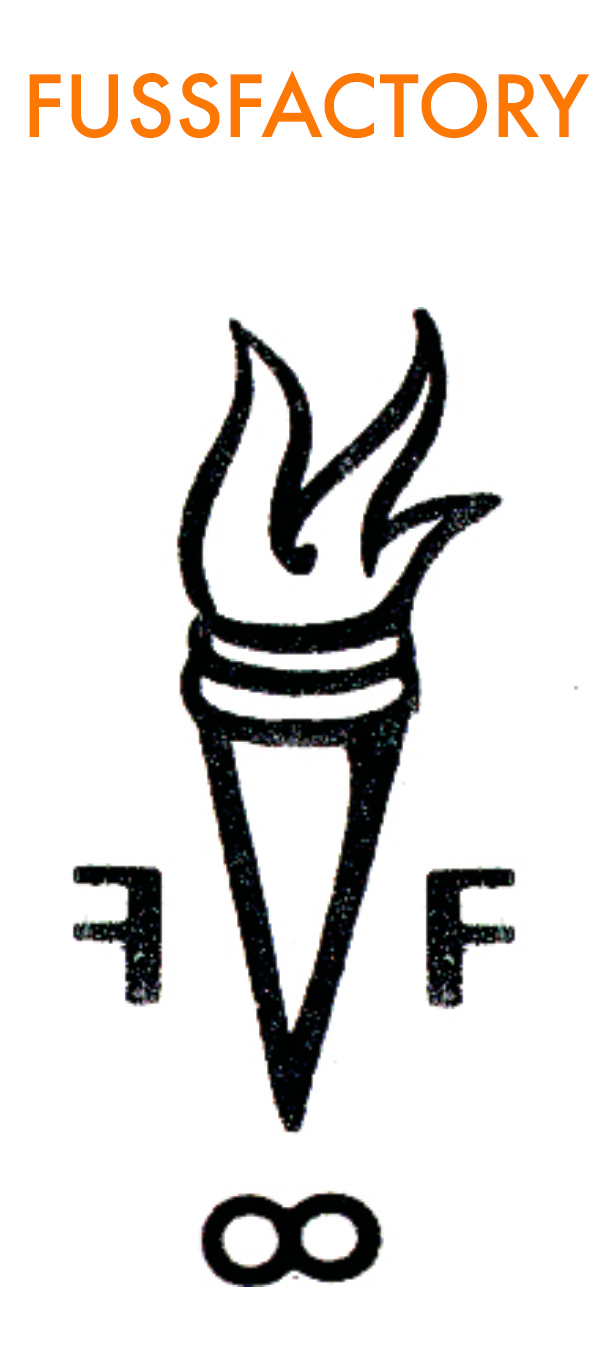#sparkchamber 070124 — Kent Monkman
Fussfactory, the creator and curator of #sparkchamber, is a multinational enterprise. And one of those nations is Canada. One-hundred-fifty-seven years ago today — July 1, 1867 — Canada became a self-governing dominion of Great Britain — “a kingdom in its own right” — a federation of four provinces: Nova Scotia; New Brunswick; Ontario; and Quebec. The anniversary of this date was called Dominion Day until 1982. Since 1983, July 1 has been officially known as Canada Day. Celebration of Canada Day, not unlike of Independence Day in the United States, cultivates an air of patriotism through parades, concerts, get-togethers with family and friends, carnivals, fireworks, and often citizenship ceremonies for new Canadian citizens.
Increasingly over the past decade or so, some indigenous peoples and their sympathizers have rebuked Canada Day, voicing concerns that it celebrates the colonization of indigenous land by the British, and fails to honor the role of indigenous peoples in the country’s history, and the hardships they face in the present day. On that subject, #sparkchamber is pleased to spotlight interdisciplinary visual artist Kent Monkman, “one of Canada’s best-known contemporary artists, and one who has stirred controversy on his home ground. Of mixed Cree and Irish heritage [a member of Fisher River Cree Nation in Manitoba], he has made the violence done to North America’s first peoples under European occupation a central subject of his work. But he has also, crucially, flipped a conventional, disempowering idea of Native victimhood on its head.
“His paintings, done in a crisply realistic, highly detailed, somewhat cut-and-paste illustrational style, are far from grim. In many of them, humor and erotic, usually homoerotic, fantasy have an important role. So does the image of the artist himself in the guise of his alter ego, a buff, cross-dressing, gender-fluid tribal leader named Miss Chief Eagle Testickle. Updating the figure of the “berdache,” a transsexual figure traditional in Indigenous cultures, and channeling Cher in her “Half Breed” phase, Miss Chief is an avatar of a global future that will see humankind moving beyond the wars of identity — racial, sexual, political — in which it is now perilously immersed.”
Last fall, Kent, in collaboration with media artist and co-author Gisèle Gordon, published a chronicle of his alter ego in The Memoirs of Miss Chief Eagle Testickle: A True and Exact Accounting of the History of Turtle Island. “A genre-demolishing work of genius, the imagined history of a legendary figure through which profound truths emerge — a deeply Cree and gloriously queer understanding of our shared world, its past, its present, and its possibilities. Volume One, which covers the period from the creation of the universe to the confederation of Canada, follows Miss Chief as she moves through time, from a complex lived experience of Cree cosmology to the arrival of European settlers, many of whom will be familiar to students of history. An open-hearted being, she tries to live among those settlers, and guide them to a deeper understanding of the interconnectedness of all beings and the world itself. As their numbers grow, though, so does conflict, and Miss Chief begins to understand that the challenges posed by the hordes of newly arrived Europeans will mean ever greater danger for her, her people, and, by extension, all of the world she cherishes.”
The perfect read for Canada Day!
1.] Where do ideas come from?
First of all, why are Indigenous people objects in a natural history museum, with the primates and dinosaurs? That’s a problem. In the Native American display, they had a cast of just one male face that they had used on the mannequins of a lot of different nations, and on both male and female figures — essentially standardizing all of Native America, compressing many different Indigenous cultures into one. So I decided to play with that, and it became a way of positioning Miss Chief at the centre of these works.
2.] What is the itch you are scratching?
I grew up in Winnipeg, going to the Museum of Man and Nature, which had and still has life-sized dioramas of First Nations people. I saw those dioramas with my classmates, who were non-Indigenous. Then we would step outside the museum, and right there on the street was what I now describe as the fallout of colonization — drunk First Nations people tumbling out of bars in the middle of the day. I had to reconcile the idealized, pre-contact, frozen-in-time image in the museum with this reality of what the colonial project did. I remember kids looking at me and saying, ‘What happened to your people? What’s going on?’ I didn’t know how to answer them.
3.] Early bird or night owl? Tortoise or hare?
Humour is integral to my work. It’s part of our cultural way of looking at the world, and also my way of transcending my own family’s history and my own identity. I’m Cree and our Creator is a trickster character, and so we have an inherent sense of humour in our way of looking at the world, which I think is also key to being able to deal with some of these dark episodes.
4.] How do you know when you are done?
A lot of the process of reconciliation and moving forward has to do with simple acknowledgment of the erasure that has gone on for 150 years. That has to come from Canadians, not from Indigenous people, and it could come in many forms. Read the TRC report. Vote for politicians who are going to stop fighting land claims. I often talk of it in terms of creating more space for Indigenous people. We had an Indigenous culture fund in Ontario that was recently cut by our Conservative government. That’s the kind of move that sets reconciliation back. It represents a lost opportunity for us to reclaim our culture and languages.



